How to Naturally Color Fabric With Beet, Hibiscus & Turmeric Dyes

If you’re ready to spice up your life and your textiles, you’re going to love today’s episode. I’m going to show you how to make beet, hibiscus, and turmeric dyes, and give your pillows and cushions a pop of color.
My boyfriend and I are quarantining, so I haven’t been able to get to the craft store. I decided to look around my house for something to use. I came across some spices and thought, “What is the best craft store? Mother Nature.”
Best yellow accent pillows!
Tools and materials:
- Turmeric
- Hibiscus flowers (jamaica)
- White pillowcases and cushion covers
- Stove
- Big pot
- Water
- White vinegar
- Cans of beets
- Plates
Note: to use natural dyes, you need natural fabrics. Today, we’re going to be using cotton, which is great. You also need to use a fixative, which is used to prepare the fabric and make the dye stick.
1. Make the fixative bath
This is called a mordant. Boil some water and then add your fixative. If you’re using berries or fruits to dye your fabric, you should use salt as a fixative. If you’re using plant-based materials, you should use vinegar.
There are varying recipes out there, but in general, it’s 3 parts water to 1 part fixative.
Boil the fabric in the water for an hour.
2. Rinse
Rinse the fabric in cold water to ensure the fixative stays in.
3. Make the turmeric dye
Our first special guest star on today’s episode is turmeric. She’s bold, she’s outspoken, and she’s ready for summer.
Tumeric is a fugitive dye, which means that every time you wash it, it leaves. In India, where fabric is long been dyed with turmeric, it’s usual to re-dye items once a year.
How to make turmeric dye
Fill a big pot with water, then add 3 tablespoons of turmeric. I’m adding 4 because I want the color to be very intense. Then, simmer on low for an hour.
Then add the fabric.
Tip: add a plate on top of the fabric to ensure it is all fully submerged in the dye.
After four hours of so, rinse the fabric in cold water. Look at how vibrant that yellow is!
4. Make the hibiscus dye
Our next special guest star on this episode is jamaica aka hibiscus flowers. She’s very beautiful, very gorgeous. What’s interesting about hibiscus flowers is, although they look bright and magenta, if the pH balance changes, they create a blue dye.
How to make hibiscus dye
I added the whole bag of hibiscus flowers to the pot of water because I wanted the color to be bold and aggressive. Simmer on low for an hour.
Tip: do not boil the pots, only simmer. Boiling can cause the color to be less vibrant.
You can use a white paper towel to see what the dye is looking like.
Remove the flowers from the pot.
Then add the fabric to the pot.
After an hour or more, wash the fabric in cold water. As you can see, the fabric is turning from magenta to blue.
I wanted to do a dip-dye effect on the pillowcases to make one side darker than the other, so I submerged half the pillowcase in the pot. However, I had a bit of a fail because the dye spread, as you can see.
I also wasn’t crazy about the “blue” color. So…
5. Make the beet dye
Ok, welcome a last-minute special guest to the show: beet dye. I added a can of sliced beets and a can of pickled beets to a pot of water.
I added the “blue” pillowcases into the pot.
After three hours, rinse the pillows in cold water and behold: greige. This may be my biggest DIY fail of all time!
I don’t think it can get any worse, so I’m just going to put it in the turmeric dye and see what we get.
Turmeric dye result
Here’s the final result! So, turmeric dye is the obvious winner here. Let me know in the comments below if there are any other natural dyes I could try.
These are all semi-permanent dyes, so they may bleed color. This means you should wash the dyed items individually moving forward.
Also, what’s your biggest DIY fail? Share your story and make me feel better!
Enjoyed the project?
Suggested materials:
- Turmeric
- Hibiscus flowers (jamaica)
- White pillowcases and cushion covers
- Stove
- Big pot
- Water
- White vinegar
- Cans of beets
- Plates
Comments
Join the conversation
-
 Katy
on Feb 26, 2023
Katy
on Feb 26, 2023
Research the benefits of a “vinegar wash” as a rinse to set color. Vinegar and water solution…
-
 Katy | LaughCryDIY
on Feb 26, 2023
Katy | LaughCryDIY
on Feb 26, 2023
Ooh good to know
-
-
-
-
 Katy | LaughCryDIY
on Feb 26, 2023
Katy | LaughCryDIY
on Feb 26, 2023
Will do!
-
-




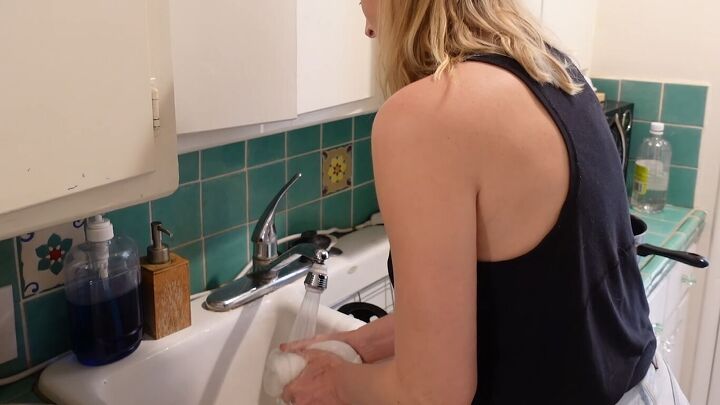


















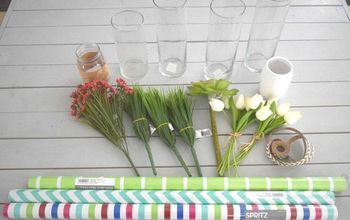








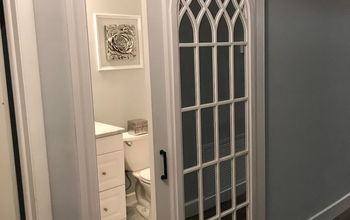
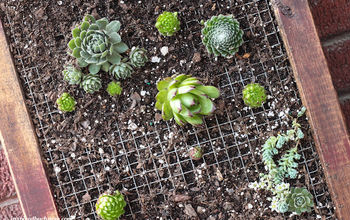
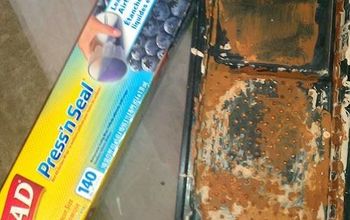
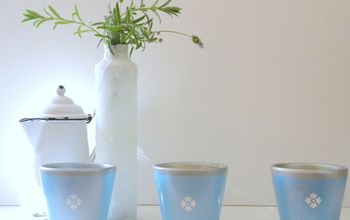
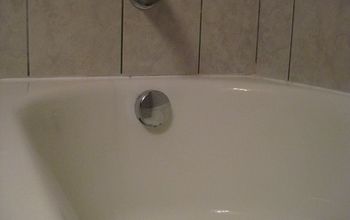
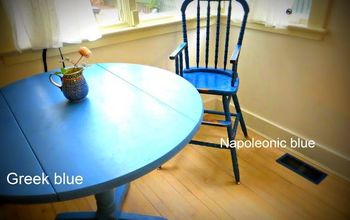

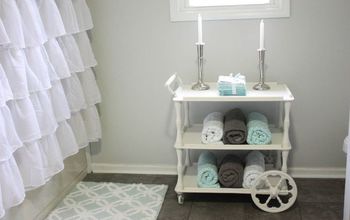




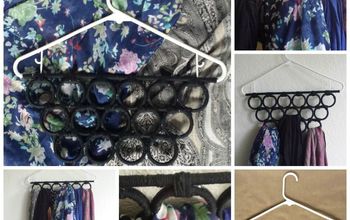
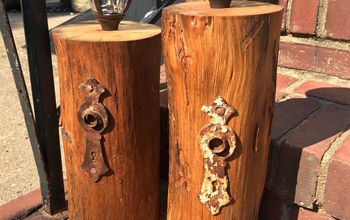
Frequently asked questions
Have a question about this project?
Did you try fresh beets to dye the pillowcases?